College History
Documentary "100 Years in Carnegie," produced in 2004 to coincide with the 100th anniversary of the construction of Carnegie Building.
Historical Essays/Summaries
Historical Timeline
1904
Carnegie Building, funded by industrialist and Penn State Trustee Andrew Carnegie, is inaugurated. Originally built as Penn State’s library, it is converted to other uses in the early 1940s following the opening of Pattee Library. It becomes home to The Daily Collegian and the journalism program.
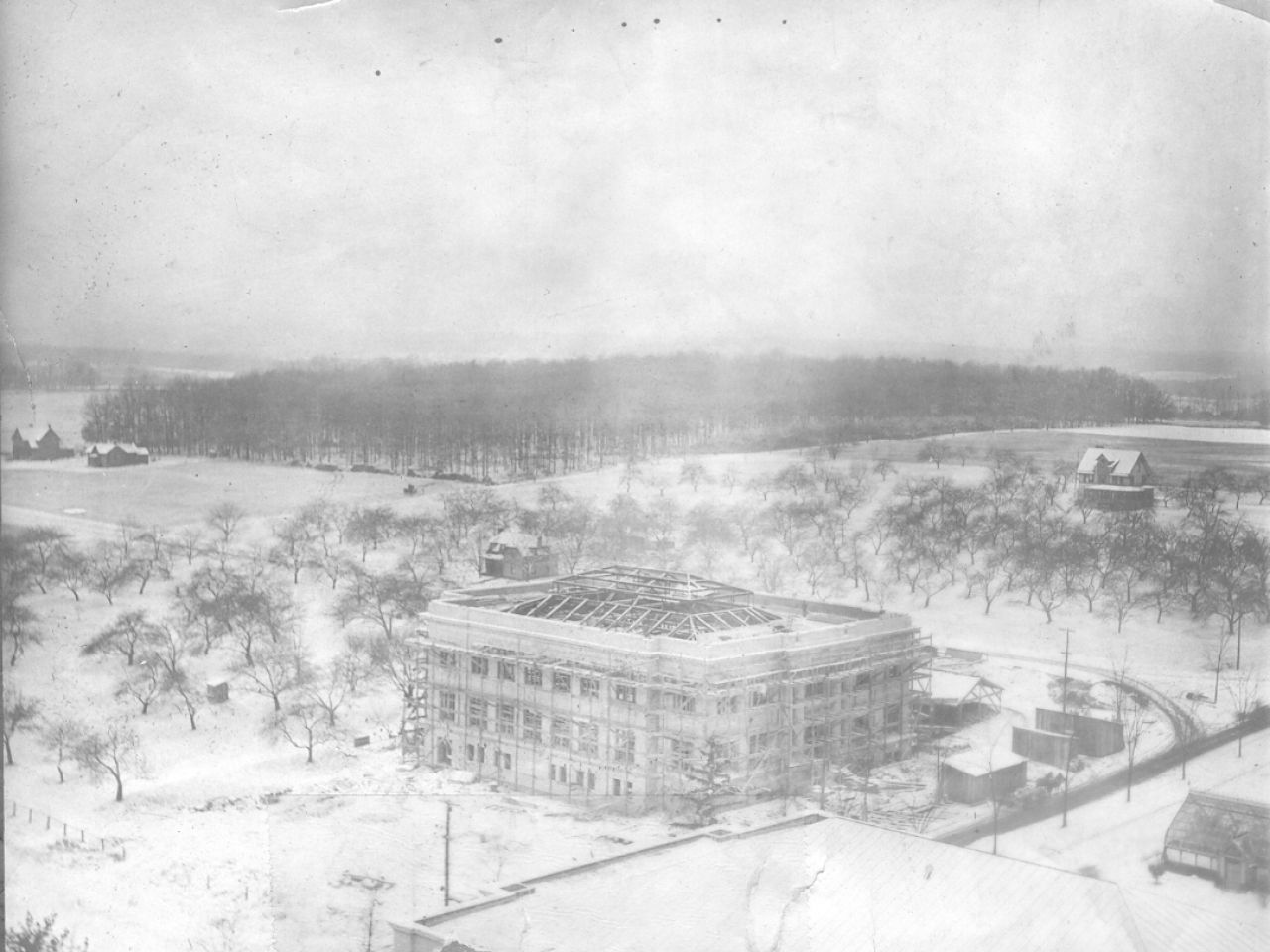
A look at the construction of Carnegie Building as it progresses on campus in early 1904.
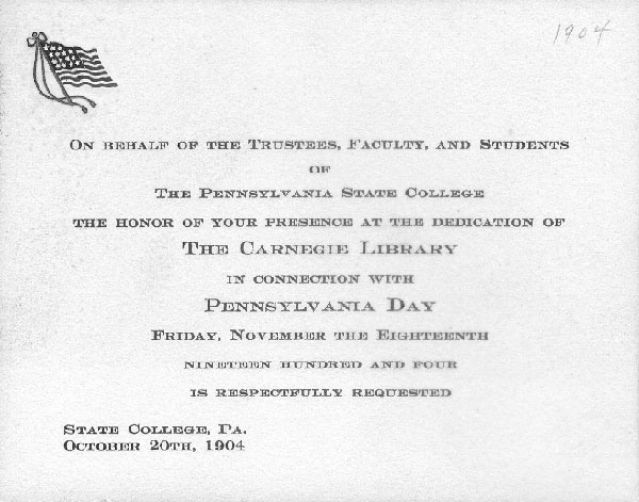
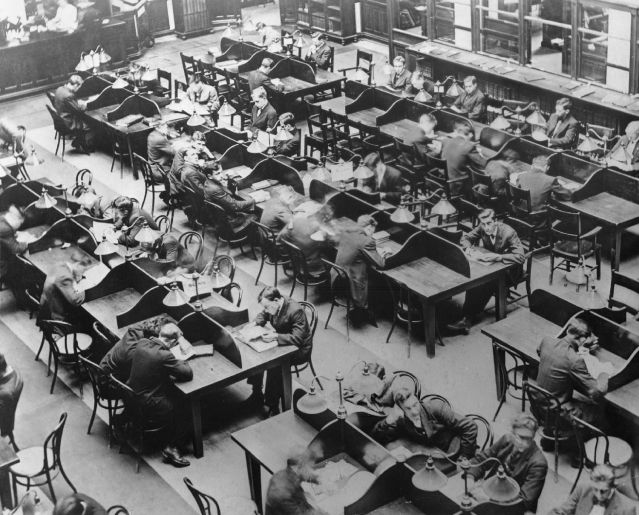
1911
University offers its first journalism course, “Rhetoric 13: Journalistic Writings.” [Course Description, Rhetoric 13]
1914
Rhetoric 13 is replaced, and journalism expanded to two courses: “Rhetoric 13: Journalism,” and “Rhetoric 14: Advanced Journalism”
1920
The two journalism courses move to the composition program and are assigned as English courses. [Course Description]
1923
Journalism expands with the introduction of five new courses, including journalism history and journalism ethics.
1927
The College of Liberal Arts creates the Department of Composition & Journalism. Ten courses, now labeled as “Journalism,” are offered, including feature writing, the community newspaper, and the first advertising course, “JOURN 26: Writing of Advertisements.”
1929
Journalism becomes a separate department in the College of Liberal Arts. The bulletin lists 23 journalism courses and two faculty members, William Gibbons (acting department head) and Franklin Banner.
1930
The dramatics program in Liberal Arts offers what may be the University’s first media studies course, “DRAMA 61: Appreciation of the Theatre, Cinema and Radio.” It examined those media “as factors in the development of the artistic and spiritual forces of our modern life.”

Don Davis Sr.
1930s
Franklin Banner takes over as department head in 1932, a position he will hold for more than 20 years. The Department of Journalism offers a single major. Courses include editorial writing, advanced reporting, advertising layout and a one-credit research in journalism course. The department maintains fix or six full-time faculty. Don Davis Sr., who will lead the advertising program, joins the faculty in 1937.
1941
The speech department, in the College of Liberal Arts, begins the University’s first non-engineering radio course, “SPEECH 300: Principles of Radio Speech.”
1946
The journalism department moves beyond print with its first course in broadcasting, “JOURN 90: Writing for Radio News and Advertising.”
1948
The journalism department begins a major in advertising.
The speech department adds two new radio courses, “SPEECH 425: Advanced Principles of Radio Speech” and “SPEECH 435: Radio Organization,” which considers the organization and operation of radio stations and networks.
The dramatics program offers “DRAMA 480: Radio Drama.”
1952
The journalism department creates its first public relations course, “JOURN 66: Publicity and Public Relations.”
1955
The School of Journalism is formed within Liberal Arts. It has two departments, News and Editorial Journalism, and Advertising, and offers three majors: news and editing, community journalism (ended in 1958), and advertising. It also offers a master of arts degree. It has 12 faculty members. I.W. Cole is Director.
MORE INFO: 1950s, School Formation
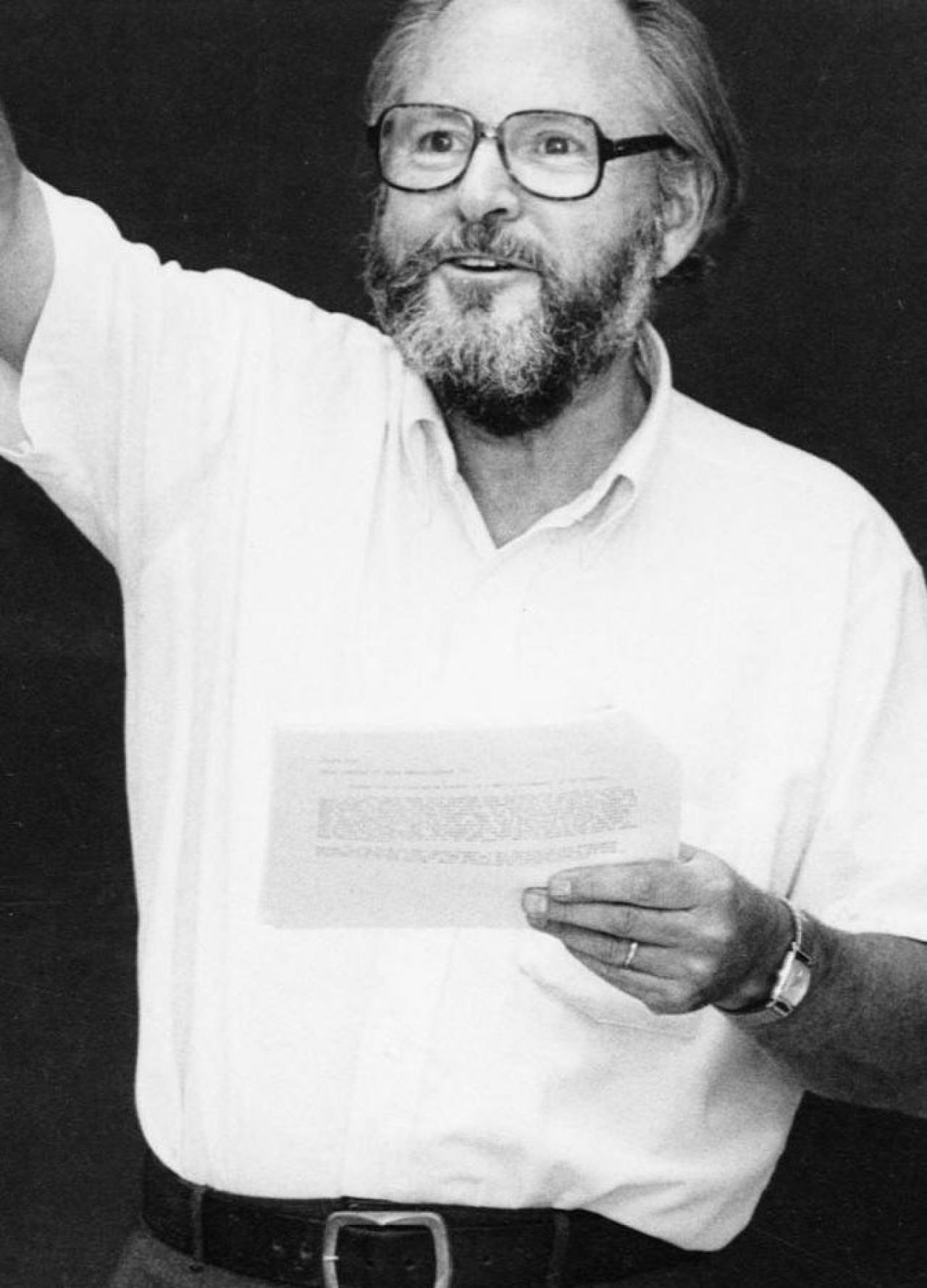
Gene Goodwin
1957
Gene Goodwin, previously with the Washington Evening Star newspaper, is named director of the School of Journalism.
The School of the Arts is created in the College of Liberal Arts. It includes a new theatre arts department, which begins offering the first courses in film, “THEA 70: Introduction to Motion Picture Techniques” and "THEA 71: History and Appreciation of Motion Pictures.”
1958
Television is added into existing radio courses in journalism and speech (ex.: “JOURN 92: Radio and Television News.”)
1959
The School’s first course in what will become Media Studies is offered, “JOURN 6: Understanding the Mass Media,” (revised from a prior course, “JOURN 6: Introduction to Journalism”). A year later, “JOURN 1: Introduction to Mass Communications is added.
Penn State promotional video, 1950s/1960s ...
1961
Liberal Arts launches an interdepartmental major in broadcasting, offered jointly by journalism, speech and theatre arts and headed by Marlowe Froke.
The theater arts department offers multiple courses in television production, which are cross listed with the interdepartmental broadcasting major. Examples include, “THEA 2: Broadcasting techniques” and “THEA 481: Television Drama.”
The School of Journalism curriculum continues to expand with courses such as “JOURN 405 Comparative Foreign Journalism” and “JOURN 480: Media Management.”
1962
The University forms the College of Arts and Architecture, which includes the theatre arts department.
Journalism enhances its media studies offerings with “JOURN 422: Cultural Aspects of the Mass Media.”
1964
The School of Journalism continues to enlarge its non-skills curriculum with the addition of “JOURN 406: Evaluation and Uses of Mass Communication Research” and “JOURN 444: Advertising in Contemporary Society.”
1967
Interest in film grows in Theatre Arts as it creates more film courses: “THEA 471: The European Film.” “THEA 472: The American Film,” and “THEA 473: Motion Picture Techniques.”
1968
Theatre arts introduces a “Film-Television Production Option.”
1969
Art Barnes becomes the director of the School.of Journalism. Full time faculty in the School of Journalism grow from 14 in 1961 to 21 in 1971. Majors are advertising, broadcasting, and news and editing.
Speech and journalism add introductory survey courses in broadcasting: “JOURN 230: Broadcasting in the United States” and “SPEECH 325: Principles of Broadcasting.”
College oral history with H. Eugune Goodwin, Part 1 ...
College oral history with H. Eugune Goodwin, Part 2 ...
1970s
An era of slow but steady growth as faculty numbers in the School increase to 25 by 1980.
1973
Liberal arts initiates an interdepartmental major in “communication studies,” emphasizing the study and analysis of media institutions and their social impact. The major is offered jointly by speech and journalism.
1975
The theatre arts department becomes the Department of Theatre and Film, upgrading the status of film in the college. Douglas Cook is department head.
1977
The film program continues to evolve as theatre arts inaugurates a new film major, replacing the prior film-television production arts option and offering course work in production techniques and historical and critical film studies.
1979
Robert Blanchard is named director of the School of Journalism.
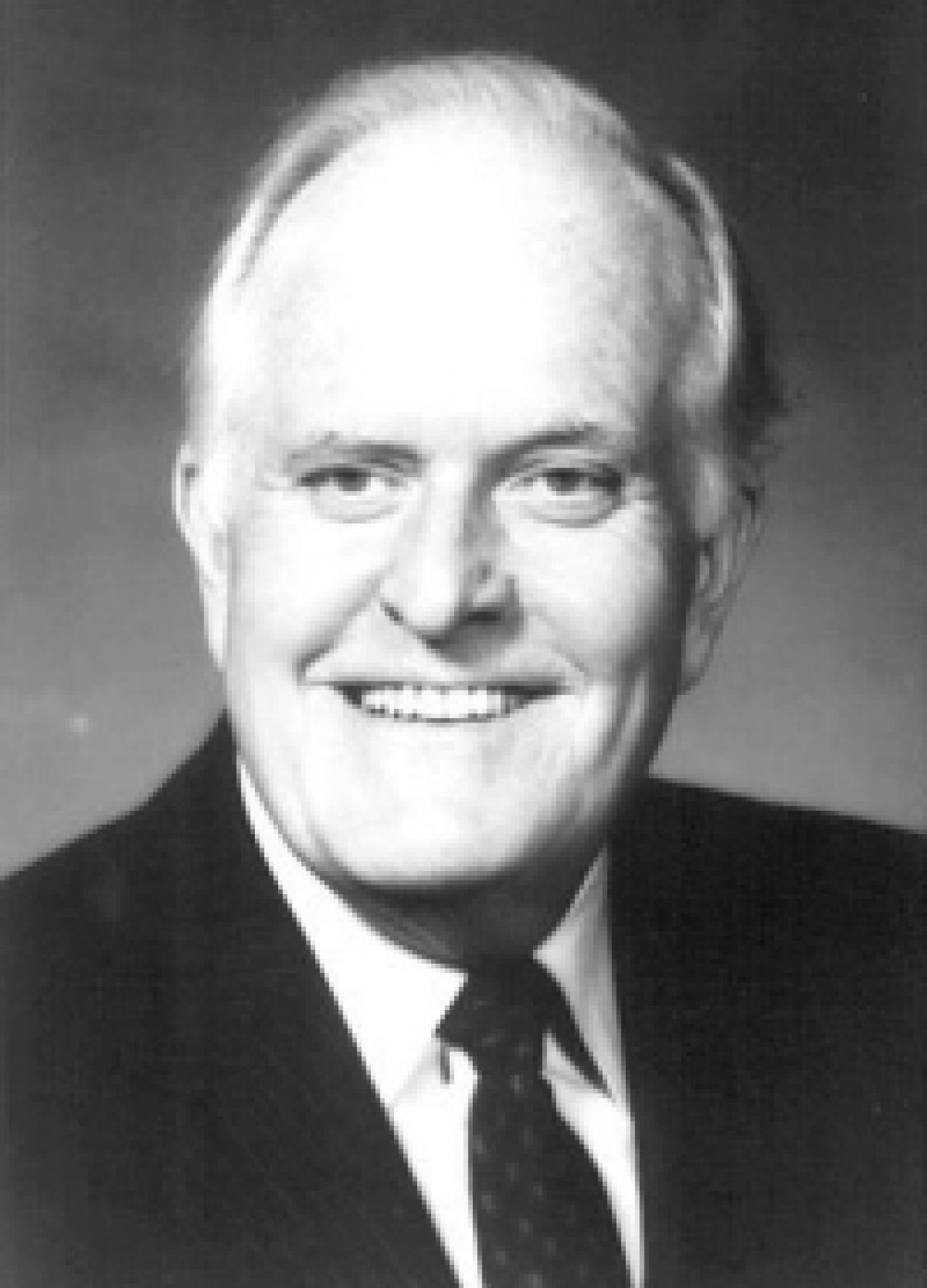
Penn State President Bryce Jordan
1983
The Department of Speech Communication begins a new major in telecommunications, separate from the older interdepartmental broadcasting program.
1984
A University committee appointed by Penn State President Bryce Jordan recommends the creation of an Independent School of Communications, outside of the College of Liberal Arts.
1985
The School of Communications is inaugurated. It incorporates the former School of Journalism and along with the telecommunications program in Liberal Arts and the film program in the College of Arts and Architecture. R. Dean Mills, formerly of California State University at Fullerton, is acting dean of the School.
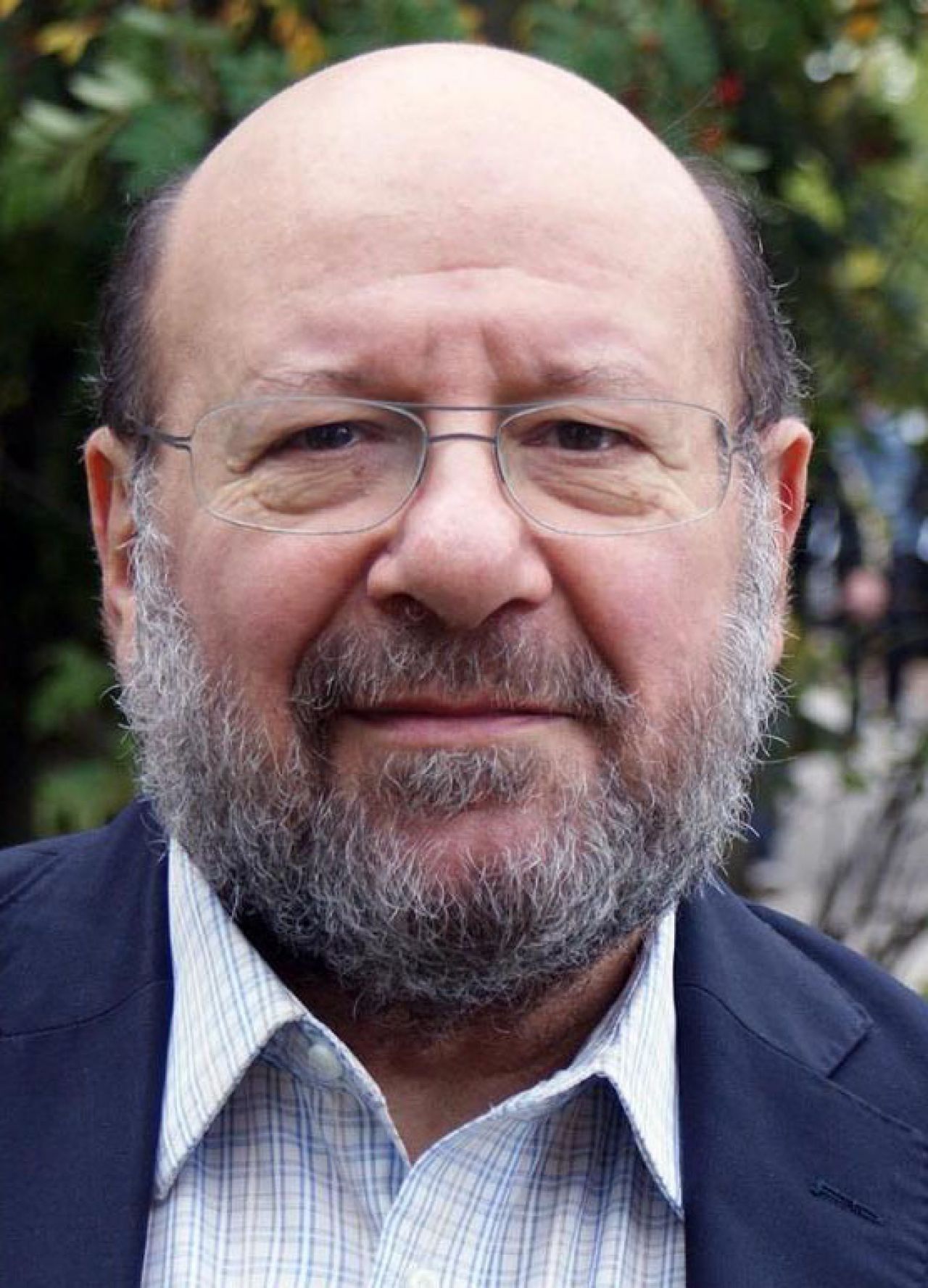
Brian Winston
1987
Brian Winston, previously chair of cinema studies at New York University, is named new dean of the school.
1988
The school re-organizes its programs but seeks to maintain a philosophy of cross-programmatic integration.
1989-91
The faculty and staff of the school are relocated to office space in downtown State College as Carnegie Building undergoes an extensive renovation, including the addition of Carnegie Cinema. By 1990, there are 49 faculty and staff in the school.
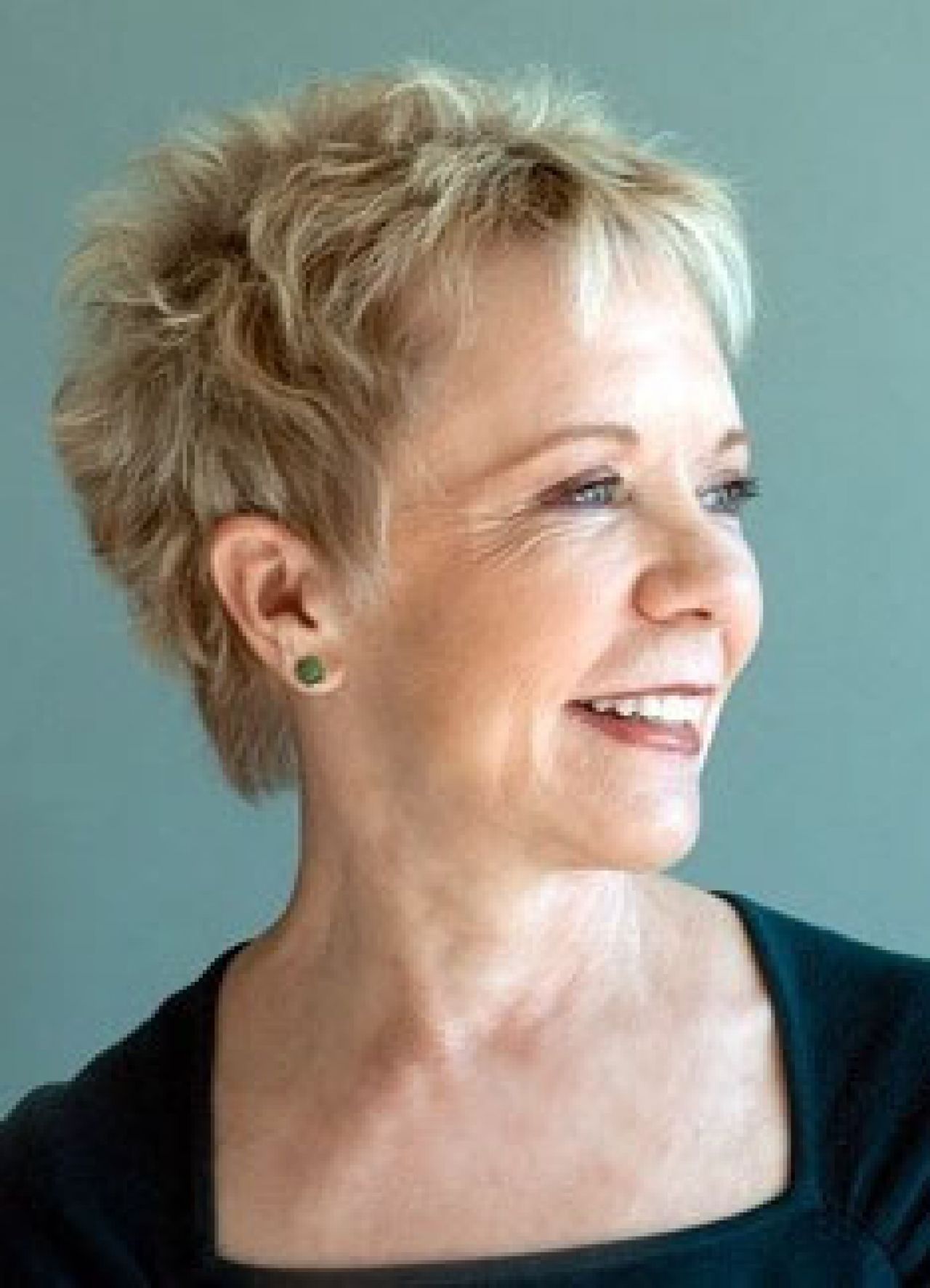
Terri Brooks
1992
Terri Brooks, formerly chair of the Department of Journalism and Mass Communication at New York University, is named dean of the School of Communications.
1995
The University elevates the school to college status as it formally becomes the College of Communications.
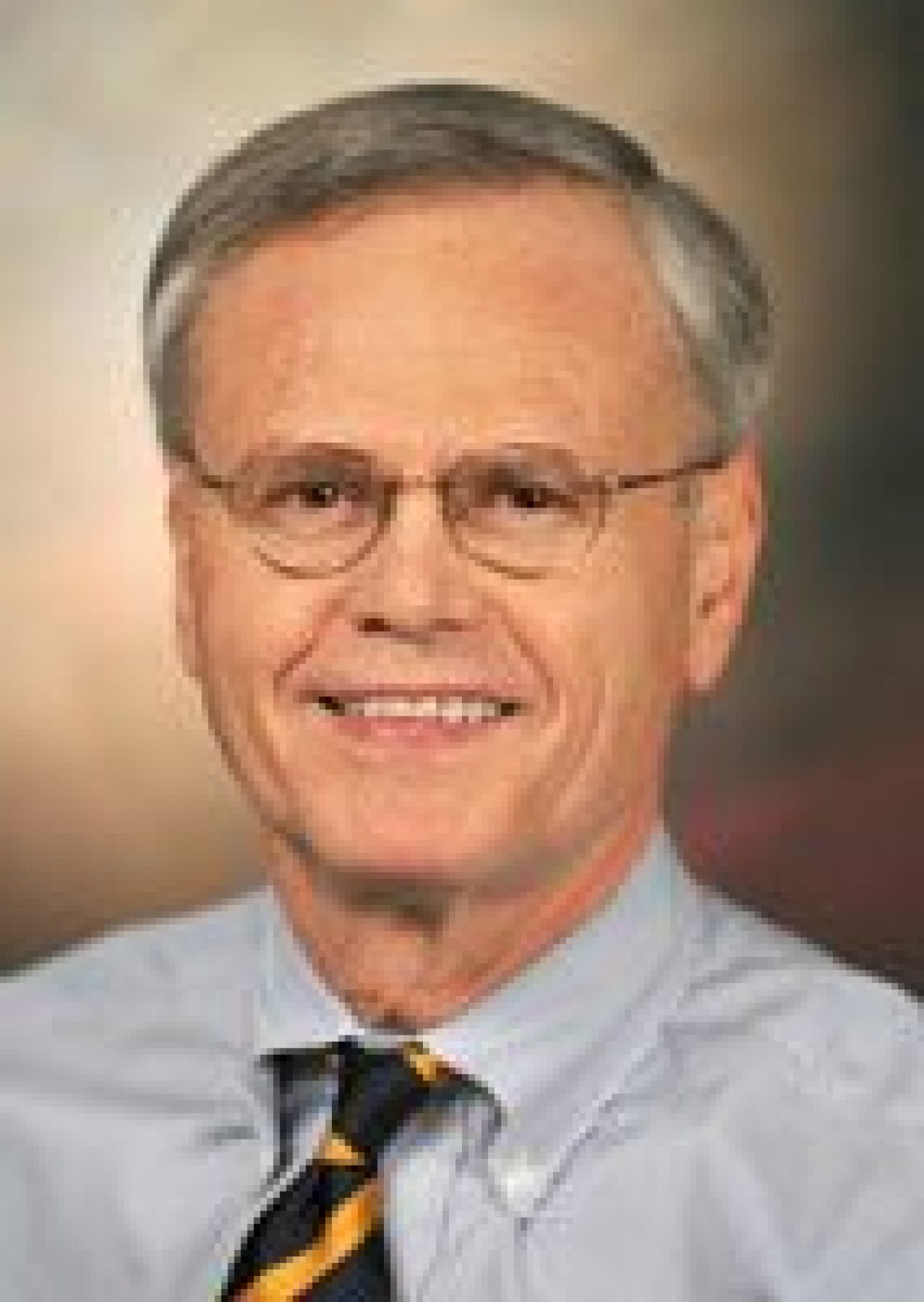
Doug Anderson
1999
Doug Anderson, previously director of the Walter Cronkite School of Journalism and Mass Communication at Arizona State, is named the dean. The college is now third largest in the country with about 2,800 undergraduates.
4 LIONS video focuses on the success of the College of Communications, thanks to the philanthropic support of four key couples ...
2000
The programs within the college are organized into formal departments. They are: Advertising/Public Relations, Film-Vide and Media Studies, Journalism and Telecommunications.
2014
Marie Hardin, former associated dean for undergraduate and graduate education, succeeds Doug Anderson as dean.
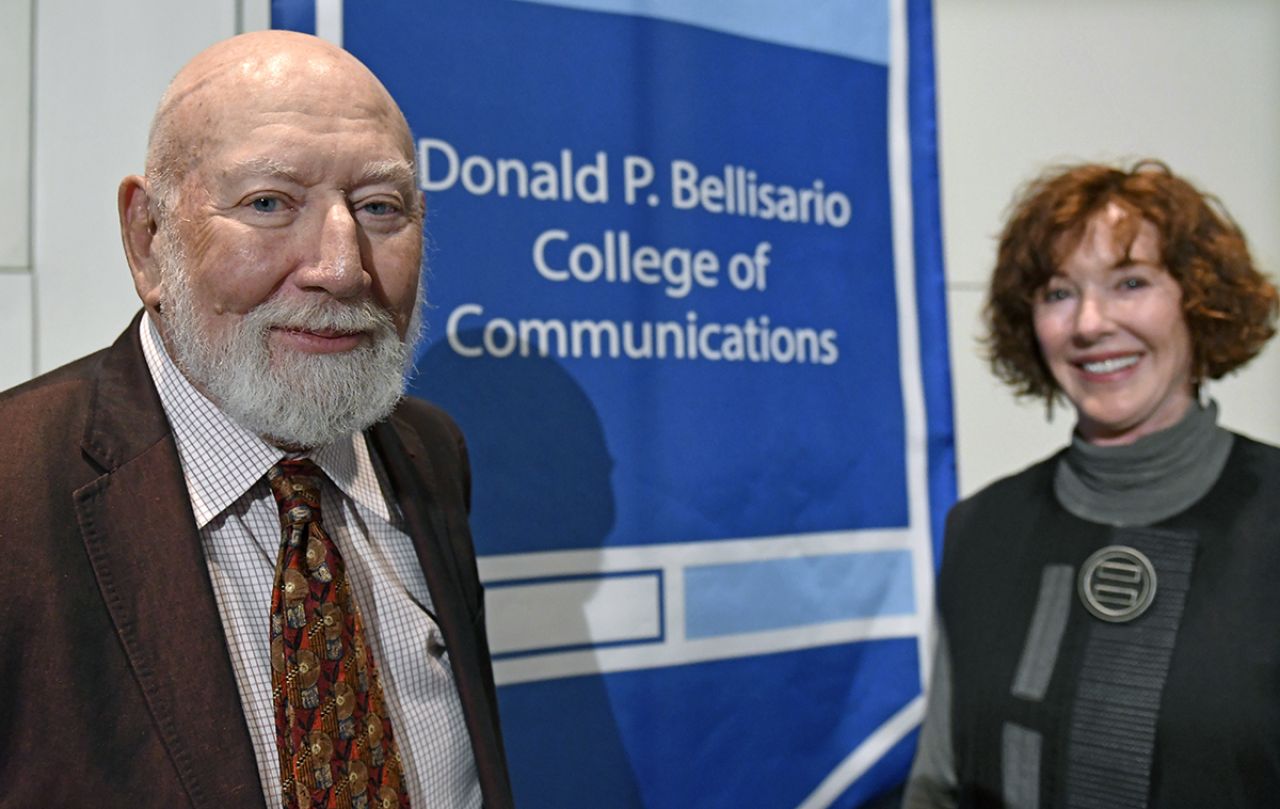
Donald and Vivienne Bellisario during the announcment of the naming of the Bellisario College in 2017.
2017
Donald P. Bellisario, a 1961 Penn State graduate and successful television writer, producer and director, makes a $30 million gift to the University to support and expand the college, which is then renamed in his honor, the Donald P. Bellisario College of Communications.
2021
After a multimillion dollar renovation of Willard Building, the Bellisario College opens its expansive state-of-the-art Bellisario Media Center. Supported by the Bellisario gift and University funds, the facility (across the street from Carnegie Building, home to many most administrative offices for the college) houses production studios, laboratories, conference rooms, and faculty offices.
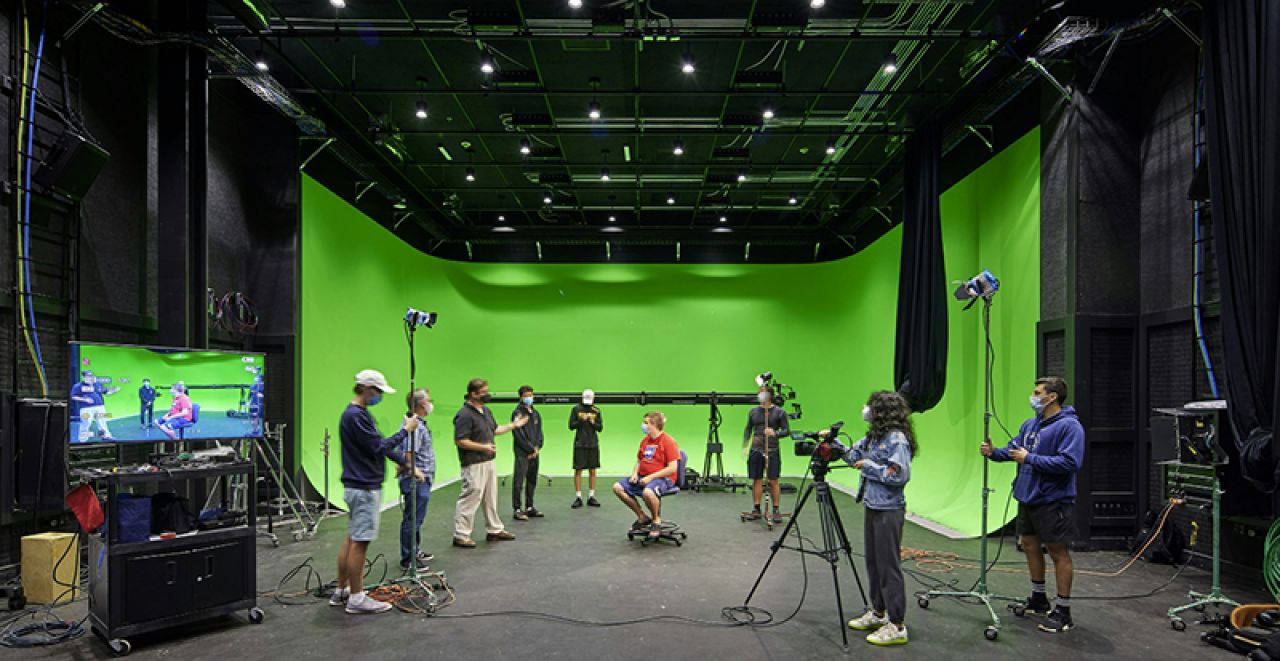
An expansive green-screen studio for film students is just one part of the state-of-the-art Bellisario Media Center.
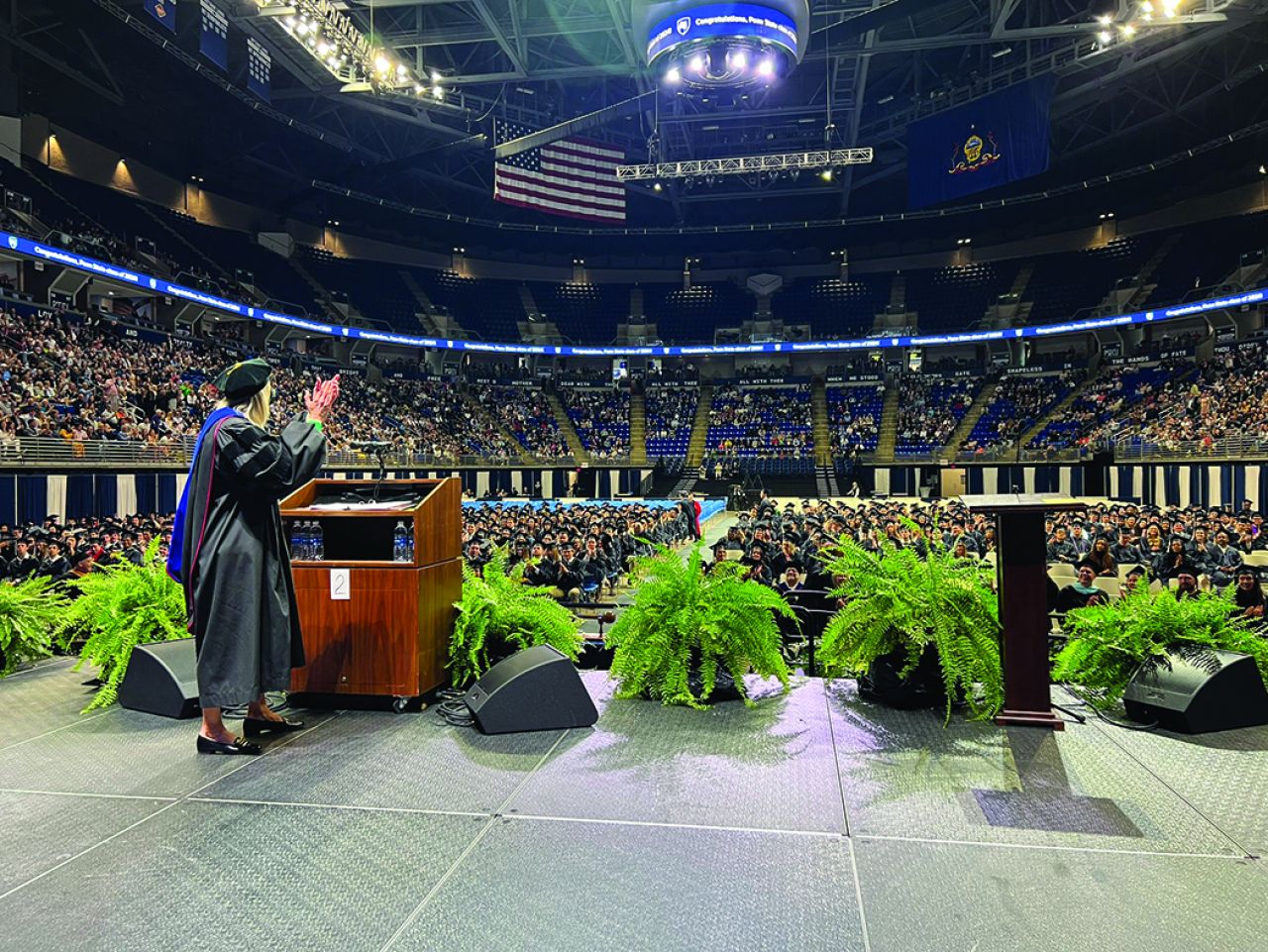
Dean Marie Hardin applauds the Class of 2024 during spring commencement exercises in May at the Bruce Jordan Center.
Course Descriptions
“Rhetoric 13: Journalism – A course in news collecting and news writing; practices in newspaper technique with instruction in the correct use of words and phrases; training in covering stories and interviewing; class exercises in rewriting; writing from assignments to various news centers in the village and on the campus; development on “news sense” emphasized; the work of the reporter; organization of the metropolitan newspaper. The course includes talks by visiting country and city newspaper men, with reading of reference books. Preparation required: Rhetoric 1 and 5. Lectures and Laboratory work 3 hours’ 1st semester. Credit 3.”
“Rhetoric 14: Journalistic Writings – A study of the character and qualities of editorials, reports, special articles, dramatic literary and artistic criticisms, book-reviews and correspondence with constant practice in the writing of weekly and bi-weekly themes based on approved models. Lectures, discussions, and criticisms of practical examples from current papers and periodicals. Preparation required: Rhetoric 1 and 5. Recitation 2 hours; 2nd semester.”
“Rhetoric 14: Advanced Journalism – A continuation of Rhetoric 13. Handling of newspaper copy; practices in head-line writing; lectures on newspaper style; demonstrations in make up; law of libel, slander and copyright as affecting newspapers; practice in editorial writing; editing a country newspaper; consideration of editorial and business policy. Preparation required: Satisfactory completion of Rhetoric 13, or a year’s experience on a newspaper staff. Lectures and laboratory work 3 hours; 2nd semester. Credit 3.”

